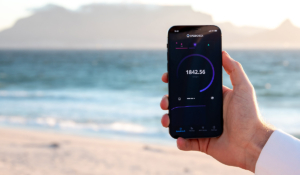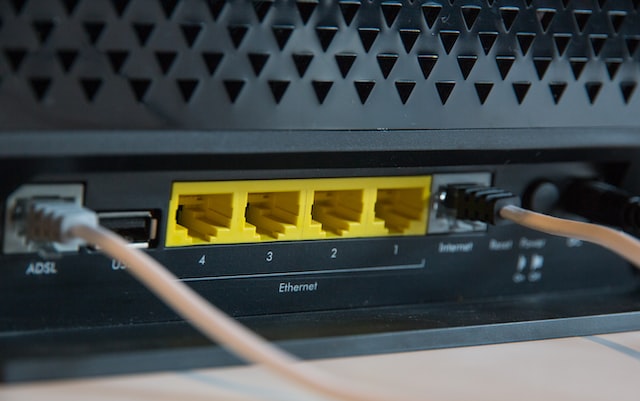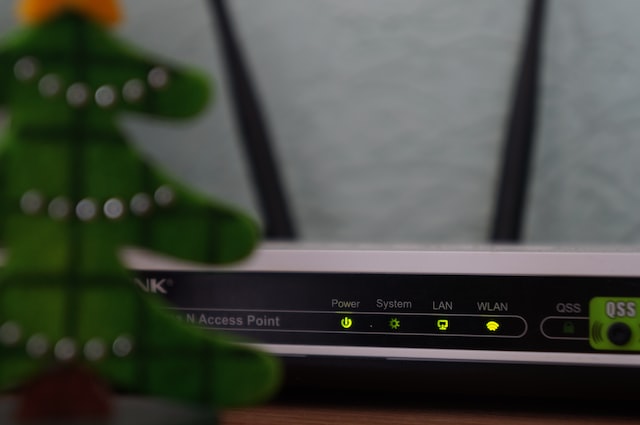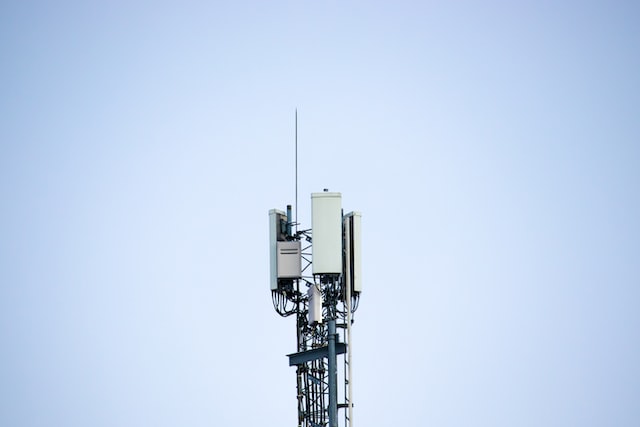Broadband is widely described as the great game changer for mission critical communications, today we look at a free lesson on Tait Radio Academy to answer the question; what is broadband communications?
Broadband is not a reference to a specific technology, rather referring to high speed, high capacity data transmission being transported from multiple signals simultaneously. Broadband historically is not a new technology but rather an ever developing solution for the world of critical communications. Broadband takes advantage of wideband communications, it’s been implemented in a variety of new communications technology and seeks to succeed in comms activities that previous narrowband communications such as Land Mobile Radio (LMR) were not able to achieve due to technical limitations. Another way of characterizing broadband is that it covers any technology that supports fast internet access. These are commonly known as Ethernet, WiFi, and cellular connectivity.
Ethernet
You will be familiar with Ethernet as the standard technology of plugging a cord between you personal computer and modem to create an office of home network; often referred to as a Local Area Network or ‘LAN’. An ethernet cable is very similar to a phone cable, except it is fatter and has eight wires versus the phone cable’s four. Ethernet cables come in various classifications or ‘categories’ with names like CAT5, CAT5e, CAT6 etc denoting the difference in performance of transporting data.
WiFi
WiFi was originally designed to connect office computers into LANs, this time without the need for several ethernet cables. Where WiFi and ethernet differ is with an ethernet cable you can still transfer data over any distances with the only limitation being the length of your cable. With WiFi, you are able to transmit data and connect to the internet wirelessly but only over short and medium ranges (typically 150 feet or 45 meters).
Cellular
Cellular, in the form of 4G (also known as LTE) is what makes smartphones ‘smart’. The interface of 4G devices was deliberately designed with consumers in mind, as a broadband technology that could access the Internet, carry high-quality voice-over-IP calls, stream video content, and run diverse bandwidth-hungry applications such as social media services and much more.
This has been snippet of the lesson ‘What is Broadband Communications?‘, part of the Introduction to Broadband and Convergence course available for free on Tait Radio Academy.
Access the full lesson for free here
There will be a sequel coming to this course in the near future, so keep an eye out for the next lesson on broadband communications.
 Find a selection of free courses, created for different technologies and levels of knowledge all for free on Tait Radio Academy.
Find a selection of free courses, created for different technologies and levels of knowledge all for free on Tait Radio Academy.
Have a question or query? Contact us.







